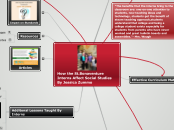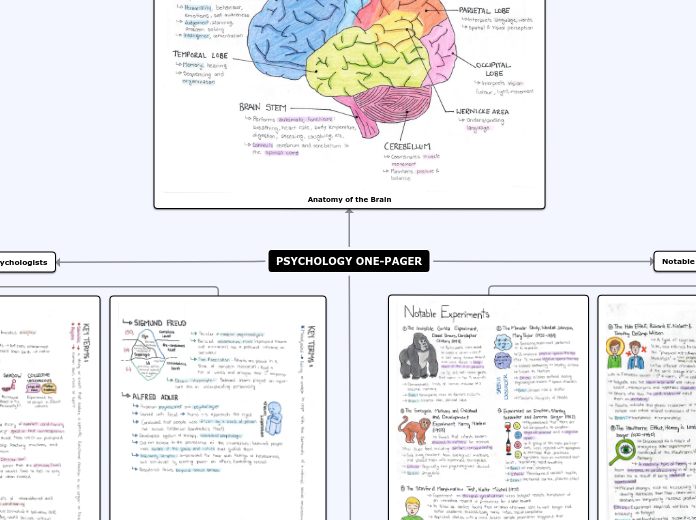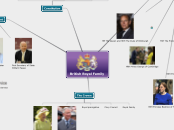"The benefits that the interns bring to the classroom are: one-on-one attention to students, new teaching ideas and technology, students get the benefit of steam teaching approach,students understand that college and being a college student exists especially for students from parents who have never worked and great bulletin boards and assemblies."- Mrs. Waugh
How the St.Bonaventure Interns Affect Social Studies By Jessica Zummo
Additonal Lessons Taught By Interns
Middle East
Thanksgiving
Brazil
People in a Community
Stop, Drop and Roll
Articles
Benefits of Having an Intern-http://oser.state.wi.us/docview.asp?docid=7503
Teaching Social Studies Authentically-http://www.fno.org/sept07/soc.html
Social Studies in Today's Early Childhood Curricula-https://www.naeyc.org/files/yc/file/200509/MindesBTJ905.pdf
Resources
Resources that Interns have brought to the classroom:
Apps:
Atlas for IPad
3D National Parks
Tour Wrist
Offline Topos Maps
History Maps of the World
My Congress
Constitution and Federalist Papers
Websites:
Kids.gov-http://kids.usa.gov/teachers/social-studies/index.shtml
National Council for Social Studies-http://www.socialstudies.org
World History-http://worldhistoryforusall.sdsu.edu/default.php
PBS Teachers Social Studies- http://www.pbslearningmedia.org/search/?q=*&selected_facets=supplemental_curriculum_hierarchy_nodes_exact:62e1f8fc-e836-4f15-8130-9c6f1927720b&display=Social%20Studies
Social Studies Theme Units
EDSITEme- http://edsitement.neh.gov/lesson-plans
Smithsonian Education-http://smithsonianeducation.org/index.html
Websites
Kids.gov-http://kids.usa.gov/teachers/social-studies/index.shtml
National Council for Social Studies-http://www.socialstudies.org
World History-http://worldhistoryforusall.sdsu.edu/default.php
PBS Teachers Social Studies- http://www.pbslearningmedia.org/search/?q=*&selected_facets=supplemental_curriculum_hierarchy_nodes_exact:62e1f8fc-e836-4f15-8130-9c6f1927720b&display=Social%20Studies
Social Studies Theme Units
EDSITEme- http://edsitement.neh.gov/lesson-plans
Smithsonian Education-http://smithsonianeducation.org/index.html
Mindomo
Apps
Atlas for IPad
3D National Parks
Tour Wrist
Offline Topos Maps
History Maps of the World
My Congress
Constitution and Federalist Papers
Impact on Standards
As future educators we have our own education standards that we must follow. They are called the APPR. These standards are put in place to insure that each teacher is highly qualified in teaching your children.
The APPR stands for Annual Professional Performance Review and is a state-governed process that determines the standards for these ratings and the process for assessing teachers' and leaders' effectiveness.
Another standard that educators use to teach specifically social studies is the New York State Social Studies Framework.
The social studies framework is used to teaching from K-12 and is a set of standards that are different for each grade. Each grade has a specific category. For example: Kindergarten focuses on "Self and Others" and Grade 2 focuses on "The Community and Other Communities". Teachers use these categories to create unit plans and lessons to teach children.
Standards are statements of what learners must know and be able to understand.
Educational Theory
One educational theory used to teach social studies focuses on hanging new knowledge off of prior knowledge. When teaching social studies you have the opportunity to build on their prior knowledge and expand on a given topic.
Another educational theory used to teach social studies incorporates learning through interactions with the world. This may include images or pictures, language and sensory experience.
Effective Curriculum Materials
Humans: Professionals or Non-Professionals
Non- Electrically Operated
Charts
Models
Posters
Graphics
Games
Pictures
Globe
Printings (worksheets, etc.)
Real Objects
Electrically Operated
Computer
Prezi
Radio
Television
Overhead Projector
ELMO
Films
Tape recorder
Instructional Materials
Magazines
Newspapers
Dictionary
Encyclopedia
Poems
Maps
Short stories
Pamphlets
Bulletin
Social Studies Strategies
50 Social Studies Strategies For K-8Classrooms
Fourth Edition
Kathryn M. Obenchain
Ronald V. Morris
1. Community Building
2. Creating Classroom Rules
3. Developing Multiple Perspectives
4. Concepts: Development and Attainment
5. Questioning
6. Media Literacy
7. Discovery Learning
8. Inquiry Learning
9. Graphic Organizers
10. Historical SourceWork
11. ArchaeologicalDigs
12. Architecture andLandscape Design Significance
13. Case Studies
14. Cemetery Studies
15. Community Maps
16. Custom Boxes
17. Decision- Making
18. DiscerningQualifications
19. Field Trips ofDistinction
20. Folk Culture
21. Games
22. Genealogies
23. Graphic Novels
24. Guest Speakers
25. HistoricalCharacters
26. HistoricalReenactments
27. Home LivingCenters
28. Informal Learning
29. Learning Centers
30. HistoricalFiction
31. Map and GlobesUsing Google Earth
32. Mini-Society
33. Mock Trail
34. Model Factory
35. Museum Exhibits
36. Music History
37. Newspaper Making
38. Oral Histories
39. Pen Pals
40. Readers’ Theater
41. Role-Playing
42. Sand Table Maps
43. Service-Learning
44. Times Lines
45. Trash Trail
46. TravelingAmbassador
47. Video Productions
48. Virtual FieldTrips
49. WebQuests
50. Wikis
Example of Role Play
Role Play allows for students to become involved in action, words and ideas of others when they use role playing the classroom. This strategy provides students with "concrete inactive experiences through which can analyze and interpret different views and perspectives about events or issues, both current and historical." This strategy allows for students to to role play and predict what will happen inn a given situation, by portraying different characters and having students analyze the view (Obenchain & Morris , 2015, p. 199)
This Role Playing lesson incorporates traditions and different cultures of a variety of families. This lesson would be taught to 1st graders.
Example of a Sand Table Map
The Sand Table Map is an interacting way that includes map making and model building to create a better understanding of geographic issues. Students naturally play in sand at home, at school or at the park, so by using a sand table map of their world, students "explore a variety of historical and current issues that link science and social studies" (Obenchain & Morris , 2015, p. 204).
This lesson was taught to 2nd graders and the topic of the lesson was Geographic features. This lesson included mountains, lakes, rivers, island, ocean and valleys.
Subtopic
Example of a Museum Exhibit
The Museum Exhibit is a smaller in class version of an exhibit that is made by the students in your classroom. The students create an "accurate, informative, accessible, and engaging exhibit about an event, era, concept, or individual." Museum exhibits are meaningful assessments that teachers and students can use to connect what they know with what they see in the outside world (Obenchain & Morris , 2015, p. 167).
This unit plan could be taught to 2nd graders. The students would do research on the Seneca Nation and as a class create an exhibit that shows the knowledge they have gain about this topic.
What is Social Studies?
Definition: the study various aspects or branches of the study of human society, considered as an educational discipline.
(Merriam-Webster)
Purpose: To make students informed citizens in a diverse world
Disciplines of Social Studies
Economics
the social science concerned with the production and consumption of goods and services and the analysis of the commercial activities of a society
(Merriam-Webster)
Government
an institution that determines and enforces a society's laws. The size and nature of a government varies according to the society it governs.
Anthropology
the study of humankind, in particular.
the comparative study of human societies and cultures and their development.
(Merriam-Webster)
Psychology
the scientific study of the human mind and its functions, especially those affecting behavior in a given context.
(Merriam-Webster)
Sociology
the science of society, social institutions, and social relationships; specifically : the systematic study of the development, structure, interaction, and collective behavior of organized groups of human beings.
(Merriam-Webster)
History
the study of past events, particularly in human affairs.
Geography
The study of the earth and its features and of the distribution of life on the earth, including human life and the effects of human activity.
(Merriam-Webster)









